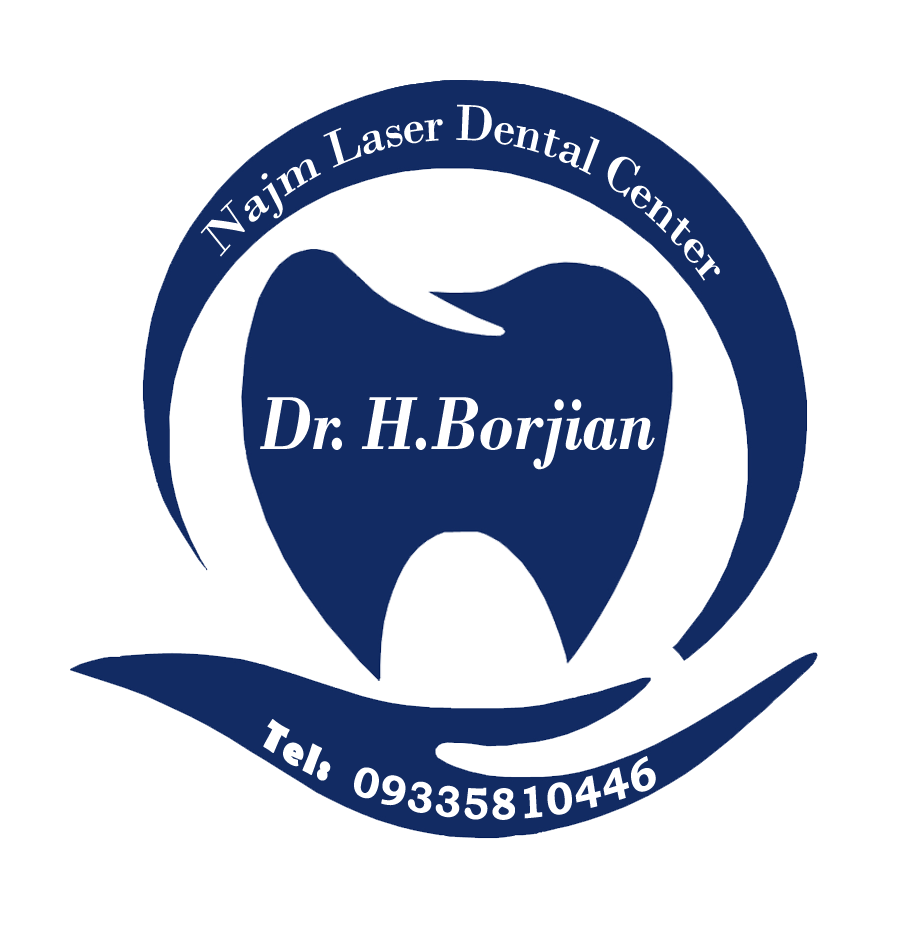Examining the diagnosis of the symptoms of all types of dental cysts
Dental cysts are relatively common in the mouth. In addition to cysts that form along the gum line, these cysts may also develop on the inside of the cheek, on the tongue, and on the roof of the mouth.. In today's article, the website of Dr. Hossein Borjian The best gum surgeon in Isfahan We examine the diagnosis of the symptoms of all types of dental cysts.
A cyst is medically defined as a fluid-filled sac, but it can appear in many forms, including irregularly shaped spots on the skin.. Regardless of its type, the mass should be removed and examined by a dentist or oral surgeon to ensure that it is benign..
Familiarity with oral cysts
Oral cysts are tissue bags that are usually less than 2 cm in size. Most of the fluid in the cyst is sterile. However, the bag may also become infected and filled with pus. An infectious cyst as Abscess Is known. Other types of abnormal growth (But non-cancerous) Tissues are also called cysts. Tooth and gum cysts can affect any of the oral tissues, including:
- Gums
- Mucous lining of lips, cheeks and oral cavity
- Roots of teeth
- Tongue
- jaw bone
- throat
- Salivary glands
Symptoms of dental cysts
Dental cysts that become infected may be painful, red, and swollen. However, those that are not infectious often do not cause significant symptoms. Cysts can only be detected by x-rays or other diagnostic scans, unless they are large enough to cause a loose mass that can be seen and felt.. An oral cyst may appear as a blister or sore on the mucous membrane of the mouth.

Different types of dental cysts
There are different types of tooth and gum cysts. The four most common types are::
Periapical cyst (Radicular cyst)
It is a dental cyst that forms near or on the crown of a dormant wisdom tooth. If the cyst is too close to the second molar, it may reabsorb that tooth in the body. A large dentigerous cyst may cause displacement of adjacent teeth. In extreme cases, cysts on wisdom teeth are associated with oral cancer.
Odontogenic cyst
There are various dental cysts (In addition to periapical and dentigerous cysts) which may occur in the jaw bone. An odontogenic cyst often has no symptoms until it is completely enlarged. Afterward, it may cause a visible bump or bump on the jaw. If the tooth root cyst is not treated, it may continue to grow and cause damage to the adjacent teeth by weakening the jaw.. In rare cases, the cyst may become infected, swollen, and painful. The infection may spread to other parts of the body. A very small percentage of these cysts may become cancerous and spread to other areas of the body.
Mucosal (Mucous cyst)
This cyst affects the soft tissue of the mouth such as the tongue, inside the cheek or lip. These cysts form in response to irritation or trauma to the tissue, and unlike other oral cysts, they usually resolve on their own.. Exceptions include Apolis cysts (gum) and ranula (under the mouth) They can cause significant discomfort and are usually surgically removed.
The Instagram page of Dr. Hossein Borjian, the best gum surgeon in Isfahan
The method of diagnosing dental cysts
The doctor examines the clinical symptoms to diagnose. The doctor must determine the risk factors associated with oral cysts before making treatment recommendations. This may include an ultrasound to determine the size and extent of the cyst (Especially to determine if it has caused problems in the adjacent teeth or not). The dentist also examines the cysts for signs of infection.
In some cases, sampling may be required to make a positive diagnosis. For this purpose, the doctor removes a small sample of tissue. This tissue is examined using a microscope. By looking at the cells, the doctor can tell if the cyst is cancerous or not. In case of large cysts in the jaw bone, a CT scan or MRI may be used to prepare a treatment plan..
Doctors may need sampling in the following cases:
- The cyst is larger than 2 cm.
- The appearance of the cyst indicates adenoma (cancer) or lipoma.
Attention :
- The scientific accuracy of the above article should be consulted with Dr. Borjian, a specialist, in person Gum and bone grafting be confirmed.
- This article was managed and published by the site admin.
Read more :
Types of treatment in direct tooth restoration
Causes and symptoms of toothache
Familiarity with functional orthodontics



